The history and evolution of Formula 1 (F1) cars is a story of technological innovation, speed, safety, and competition. F1 cars have evolved dramatically since the inception of the sport in 1950, reflecting advancements in engineering, materials, aerodynamics, and driver safety. Here’s a breakdown of the key phases in F1 car evolution:
The Early Years (1950s)
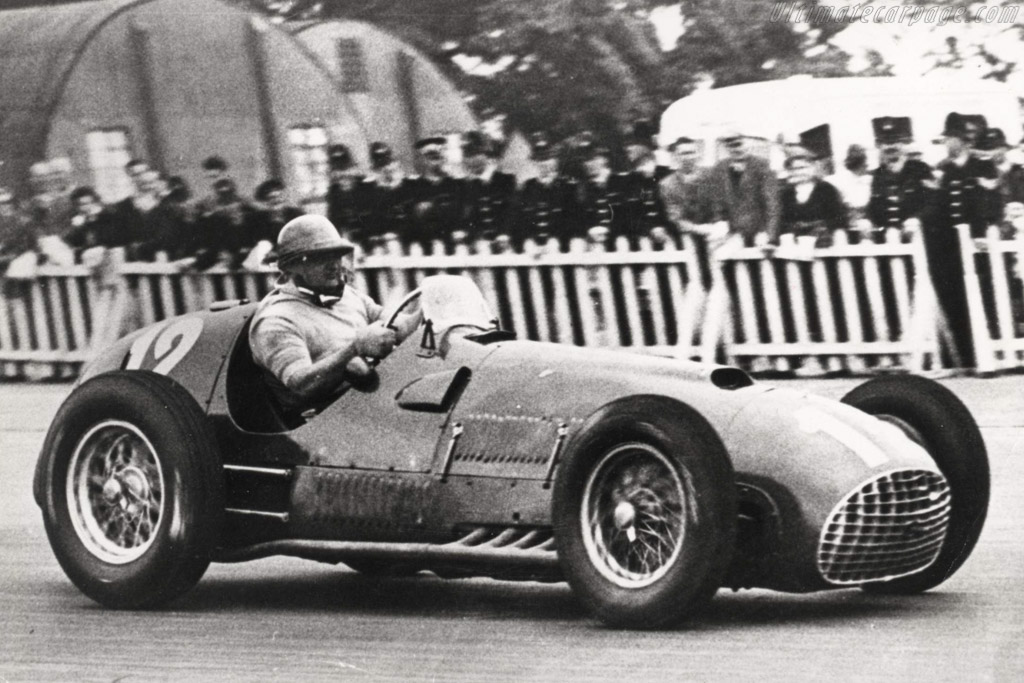
- Design & Engineering: Early F1 cars were based on pre-World War II designs, often converted from road cars. They had front engines, tube-frame chassis, and relatively narrow tires. Power came from naturally aspirated engines, such as Alfa Romeo’s 1.5-liter supercharged engine.
- Aerodynamics: Aerodynamics were virtually non-existent, and there was little understanding of downforce. Cars relied on mechanical grip from their tires.
- Safety: Safety measures were minimal. Open cockpits, no seatbelts, and a lack of crash barriers made the sport extremely dangerous.
The Mid-Century Revolution (1960s)
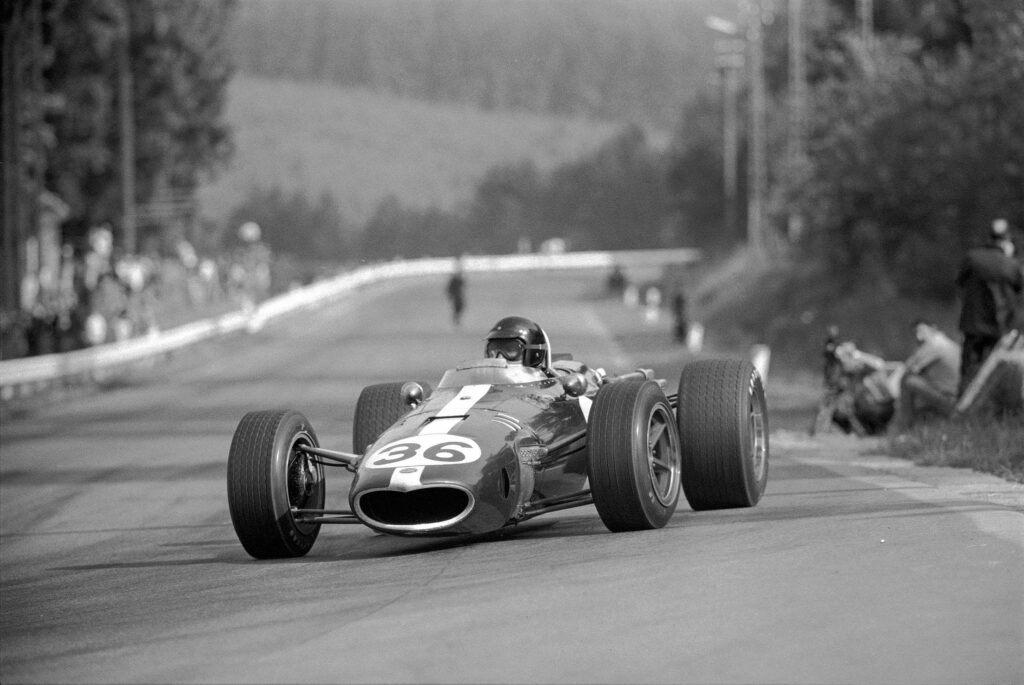
- Rear-Engine Cars: In 1958, Cooper Cars introduced the revolutionary rear-engine layout, which soon became the standard. This allowed for better weight distribution and handling.
- Chassis Innovation: Lotus introduced the monocoque chassis in 1962, replacing the traditional space-frame design. The monocoque was lighter, stronger, and safer.
- Engines & Power: In 1966, F1 allowed engines to be up to 3 liters. This led to powerful V8 and V12 engines from Ferrari, Ford, and others. Speeds increased rapidly.
- Aerodynamics: The first aerodynamic wings appeared in the late 1960s, with Lotus introducing high-mounted wings to generate downforce. However, these early wings were fragile and often dangerous.
The Rise of Aerodynamics (1970s)
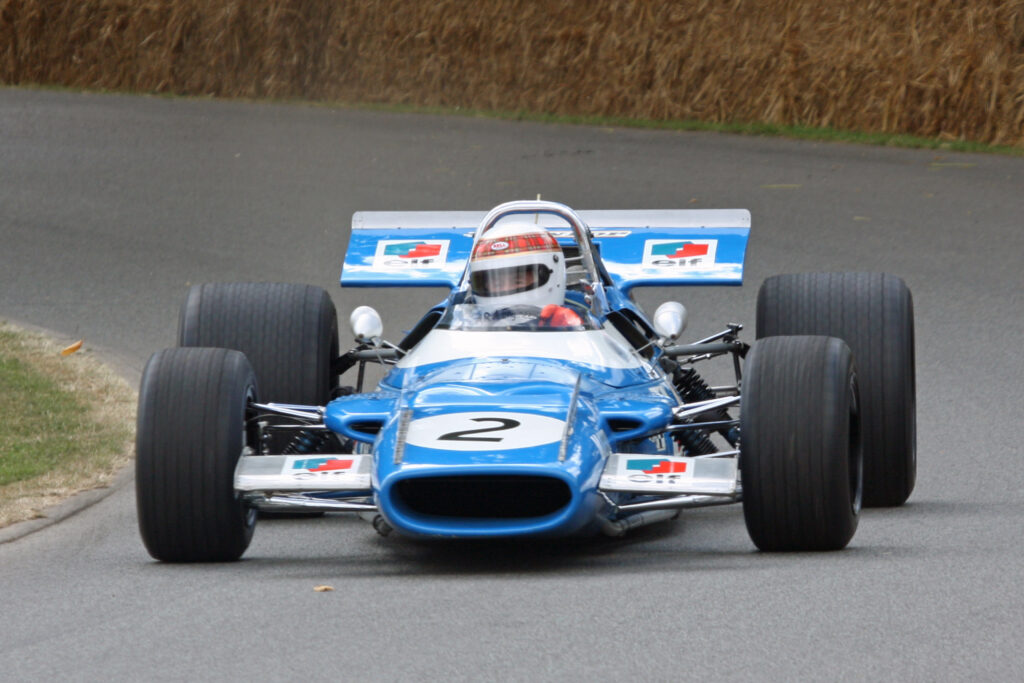
- Ground Effect: Colin Chapman’s Lotus 79 in 1978 pioneered “ground effect” aerodynamics. Shaped floors created a suction effect, allowing cars to stick to the track at high speeds, leading to a significant boost in cornering ability.
- Engines: V12 and flat-12 engines were common, but the 3.0-liter Cosworth DFV (V8) dominated much of the decade due to its combination of power and reliability.
- Safety: The 1970s also saw the introduction of safety measures, like the use of fuel cells to reduce the risk of fire and better crash helmets.
Turbo Era (1980s)
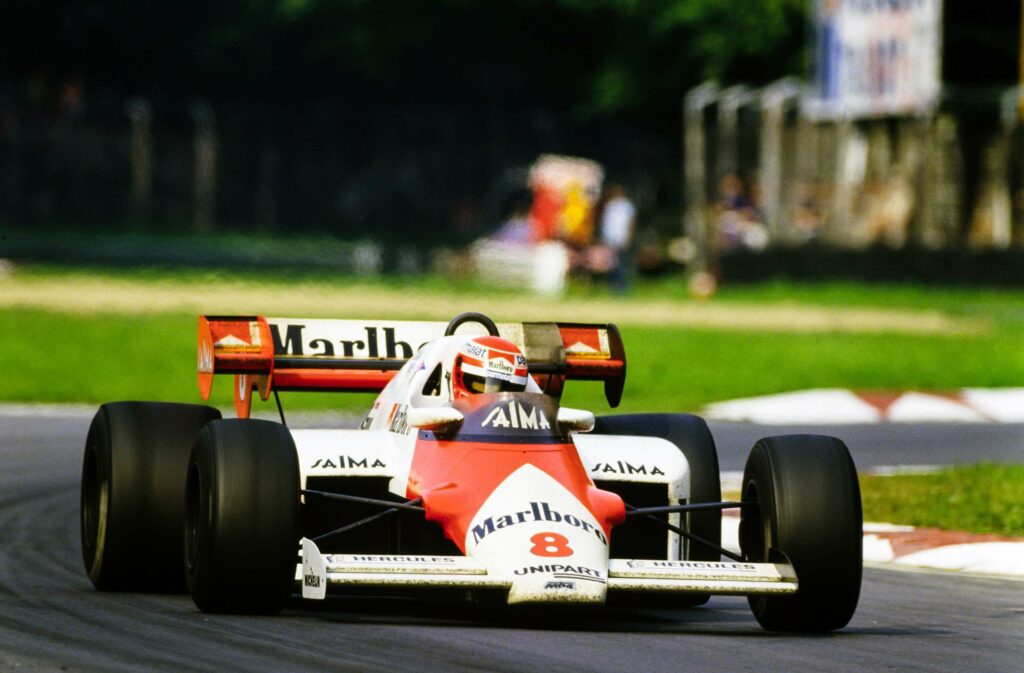
- Turbocharged Engines: Turbocharged engines were allowed starting in the late 1970s, leading to extraordinary horsepower levels. By the mid-1980s, these turbocharged 1.5-liter engines could produce over 1,400 horsepower in qualifying trims, though they were unreliable and difficult to drive.
- Chassis & Aerodynamics: Carbon fiber monocoque chassis were introduced by McLaren in 1981, replacing aluminum and making the cars both lighter and stronger.
- Driver Aids: Electronic aids like active suspension and semi-automatic gearboxes started emerging by the late 1980s, improving car control.
Electronic Aids & Power Wars (1990s)
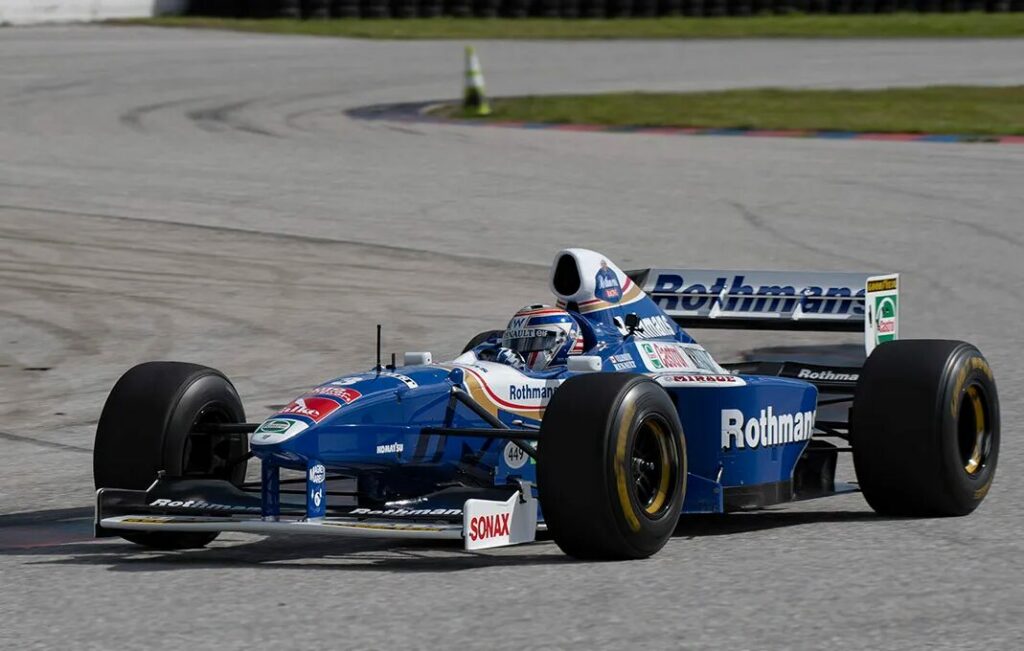
- V10 & V12 Engines: Turbocharged engines were banned in 1989, leading teams to return to naturally aspirated engines. V10s became the most common engine configuration during the 1990s, known for their balance of power and efficiency.
- Electronics: The 1990s were marked by the proliferation of electronics such as traction control, active suspension, and semi-automatic gearboxes. Williams dominated with its advanced active suspension system.
- Aerodynamics: Aerodynamics became increasingly refined, with more sophisticated wind tunnel testing. Wings, diffusers, and bargeboards were optimized for maximum downforce and minimal drag.
- Safety: The tragic deaths of Ayrton Senna and Roland Ratzenberger in 1994 led to a renewed emphasis on safety. Cars were designed with higher crash protection, improved helmets, and the introduction of grooved tires to slow the cars down.
The Modern Era (2000s–2010s)
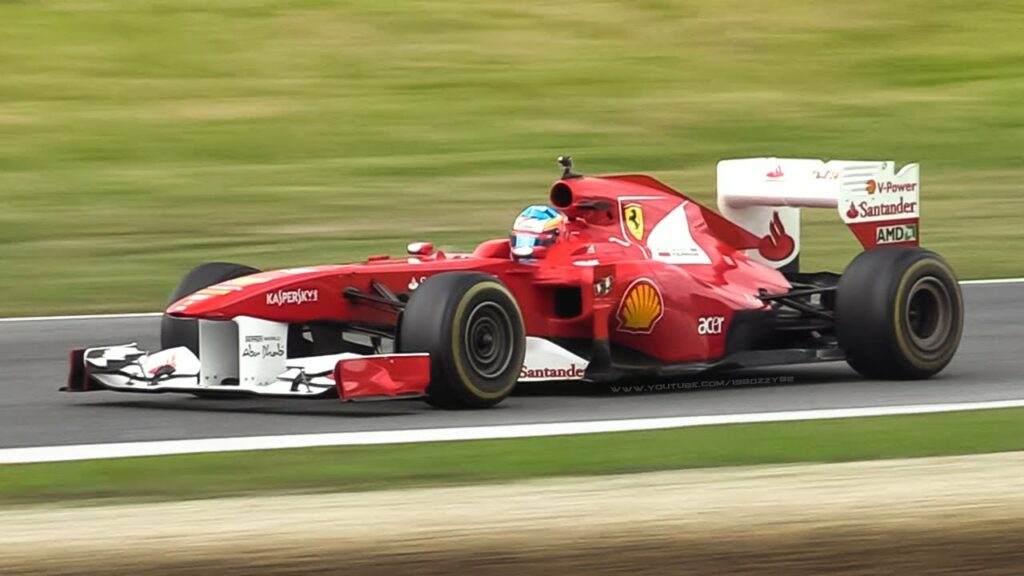
- V10 to V8 to Hybrid Power Units: The V10 engines were replaced by 2.4-liter V8s in 2006 to reduce power and increase safety. In 2014, the sport shifted to hybrid power units, combining a 1.6-liter turbocharged V6 engine with an Energy Recovery System (ERS) that harnesses and redeploys kinetic energy from braking and exhaust gases.
- Aerodynamics: Aerodynamic innovation continued with the introduction of more complex wings, diffusers, and bodywork to maximize downforce. New regulations in the late 2000s tried to reduce downforce for safety reasons, but teams continued to find ways to optimize car performance.
- Safety: Cockpits were made stronger, HANS devices (Head and Neck Support) were introduced to protect drivers in crashes, and extensive safety measures were implemented in circuits. The halo device, introduced in 2018, added further head protection.
The Hybrid Era and Future (2014–Present)
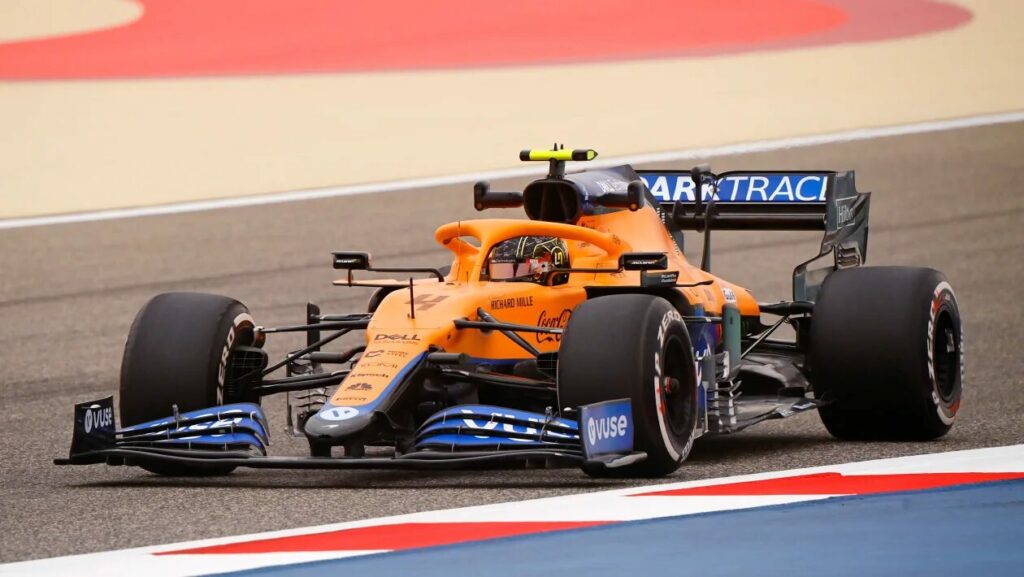
- Hybrid Power: The introduction of hybrid power units in 2014 marked a new era of F1, focusing on efficiency as well as power. The current engines are highly complex, combining electric motors and batteries with turbocharged internal combustion engines. These power units are incredibly efficient, with over 50% thermal efficiency.
- Aerodynamics & Rule Changes: The 2022 regulations brought in major aerodynamic changes to allow for closer racing. Ground effect returned in a modified form, with simpler, cleaner wings and less turbulent air behind the cars, making overtaking easier.
- Sustainability: F1 has committed to becoming carbon-neutral by 2030. This will involve further development of hybrid technology, biofuels, and sustainable practices.
Key Innovations:
- Turbocharging (1970s–1980s)
- Ground Effect (1970s)
- Carbon Fiber Chassis (1980s)
- Active Suspension (1990s)
- Hybrid Power Units (2014 onwards)
- Aerodynamic Advances (Ongoing)
- Safety Enhancements (Ongoing)
F1 cars have evolved from relatively simple, dangerous machines into highly sophisticated, technologically advanced vehicles that push the limits of engineering and physics. The future will likely see even more focus on sustainability, advanced hybrid systems, and enhanced safety.
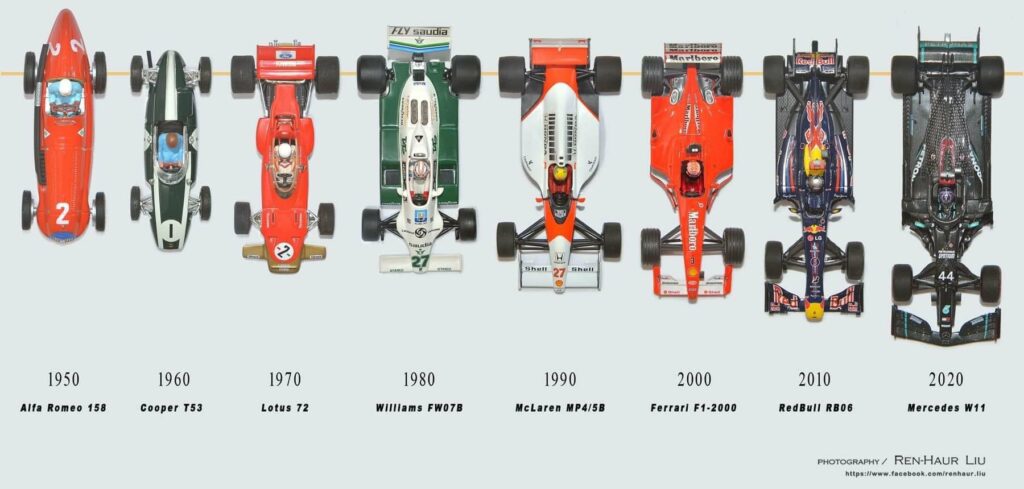
Some Interesting Facts
Here are some key facts about modern Formula 1 (F1) cars, focusing on their body weight, 0-100 km/h sprint time, fuel consumption, tire changes, and other relevant details:
Body Weight
- Weight (2023): The minimum weight of an F1 car (including the driver) is approximately 798 kg. This includes the car’s hybrid power unit and all fluids.
- Weight has increased over the years due to safety improvements (e.g., the halo), hybrid components, and larger tires.
0-100 km/h Sprint Time
- Acceleration: F1 cars can accelerate from 0 to 100 km/h (62 mph) in about 2.5 to 2.6 seconds.
- This time can vary slightly based on track conditions, tire type, and the car’s setup for the race.
Fuel Consumption
- Fuel Limit: F1 cars are limited to 110 kg of fuel for the entire race (since 2019). This equals approximately 140-150 liters of fuel.
- Fuel Efficiency: Modern F1 engines have a thermal efficiency of over 50%, which is extremely high compared to regular internal combustion engines (typically around 30-35%).
- Fuel Consumption: On average, an F1 car uses 2-3 liters of fuel per lap depending on the circuit, driving style, and conditions.
Tires Changed in Each Race
- Number of Pit Stops: Typically, teams make 1-2 pit stops per race, depending on the race strategy, tire wear, and track conditions.
- Tires Changed: In each pit stop, all four tires are changed, with pit stop times usually lasting between 2-3 seconds.
- Tire Compounds: F1 teams are supplied with three tire compounds per race (Soft, Medium, and Hard), and they are required to use at least two different compounds during a dry race.
Top Speed
- Modern F1 cars can reach top speeds of around 360 km/h (224 mph). This speed depends on track layout, downforce settings, and drag levels.
Horsepower
- Current hybrid F1 engines produce around 1,000 horsepower, combining a 1.6-liter turbocharged V6 engine with an Energy Recovery System (ERS).
Braking Distance
- F1 cars can decelerate from 200 km/h to a full stop in around 2-4 seconds, with braking distances of just 65-70 meters from such speeds due to the highly efficient braking systems and aerodynamic downforce.
Downforce and Cornering G-Force
- F1 cars generate significant downforce, allowing them to corner at speeds that produce 5-6 Gs of lateral acceleration.
Lap Time Improvements
- Over the last few decades, lap times have improved due to advancements in aerodynamics, hybrid power units, and tire technology. Modern F1 cars are among the fastest ever on many circuits, setting record lap times.
These figures highlight the incredible performance and technology that define modern Formula 1 cars, with constant innovation focused on speed, efficiency, and safety.
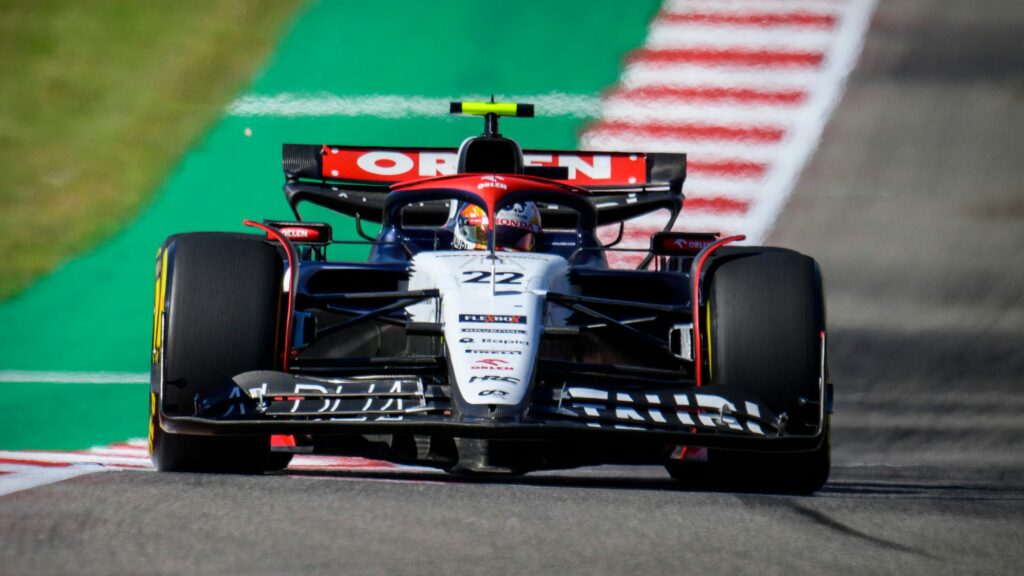

I don’t eat, sleep or dream of cars, I am just someone who loves to see, think & write about cars. I love Ferrari in Pink but they won’t make one for me. I use X to write my full name, but that doesn’t mean I’m inspired by Altis X, in fact, my dad hates it 😀 Btw I’m an occasional writer so don’t expect too much from me 🙂

